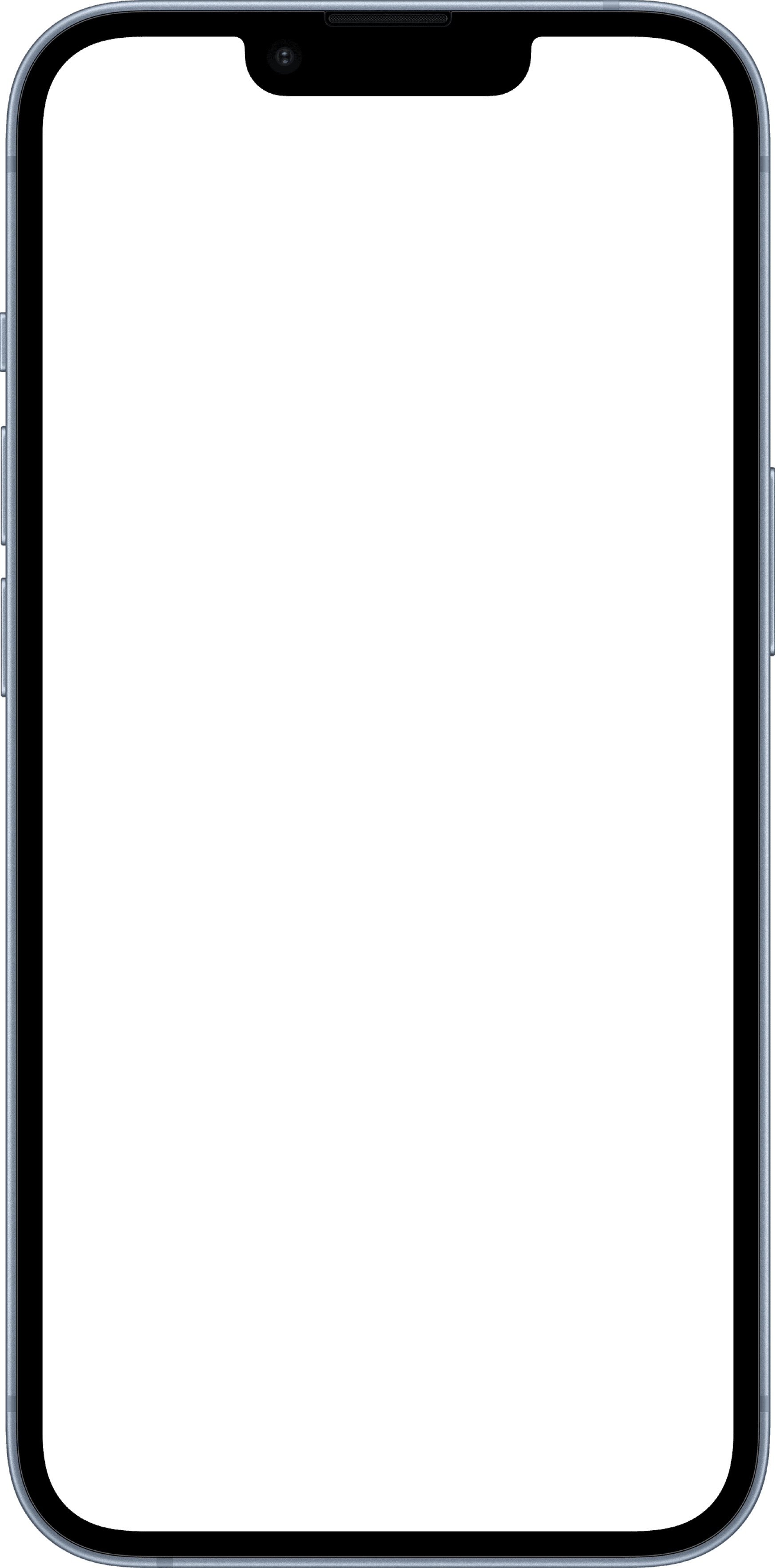Role
Designer /
Researcher
Team
4 Designers
3 Researchers
Timeline
Jan 2024 - May2025
Skills/Tools
Figma, Interaction design,
User testing, User research,
Research protocol,
Human-agent interaction,
In-lab experiments
TravelConnect.
Helping travelers complete their ideal travel itinerary.
UX Design
Prototyping
User testing
User Research




Completing an ideal travel itinerary is complicated by concerns of physical safety resulting from unfamiliar locations, cultures, and preconceived notions of safety, but users also value authenticity.
I want to travel, but...
Participant 14
“I think I'm kind of scared...because you know young female solo traveler and I haven't really traveled outside of the country”
Participant 14
Participant 3
“I want to focus on experience - I want to soak in the new culture...”
Participant 23
“...you never know what can happen when you’re a tourist in a country you’re unfamiliar with.”
🤩 Imagine you are going on a trip…
🤔 And while you are travel planning…
😧 You start to worry about the safety concerns.
Design goal
Improve perceived physical safety of users during itinerary planning.
Success metrics
Travelers can feel safe traveling in this new destination.
Travelers can achieve desired itinerary items.
The Initiating Group Traveler takes the lead in planning trips and timelines for their group. Trend-conscious and detail-oriented, they prioritize maximizing time for both planning and the trip itself. While they prefer organizing group meetings and travel schedules, they often face frustration coordinating around others' availability.
The Safe Group Traveler prioritizes security in all aspects of travel planning. They prefer group travel over solo trips for safety and avoid potentially risky situations, like using public transportation at night. Communication within the group is key, ensuring everyone feels secure throughout the trip.
The Collective Interest Group Traveler values the group's needs and desires when planning trips, facilitating group collaboration through messaging platforms, encouraging input and compromise on destinations, activities, and accommodations.
USER PERSONAS



Reflections
LOOKING BACK
There’s a slight paradoxical relationship between what users use and what users want - many participants expressed that they wanted to have ‘local’ experiences and didn’t want an aggregated platform that is mainstreamed. Working with this challenge was interesting, but a great learning experience to creating personalized solutions to each user.
MOVING FORWARD
I love traveling as it’s a great way to experience a life and culture that is outside of your own. The travel industry excites me as it blends innovation with human connection, and I see tremendous potential in designing products that enhance the travel experience for others. I hope to contribute to this space, creating solutions that not only make travel more accessible and enjoyable but also encourage meaningful and enriching experiences.

OUR SOLUTION
Travel Connect
platform that connects travelers with a local from the area to give advice on local activities during the travel planning process.

To the board we go!
We white-boarded, brainstormed, bucketed, and analyzed the features of each potential solution.

THE ANALYSIS RUBRIC WE USED
While planning for a trip, you have safety concerns and are not sure what to do since you are unfamiliar with the area.
Our app, TravelConnect, matches you with locals in that area based on your personalized preferences.


You can get all of your questions answered and help with your itinerary planning process.
You’re able to gain more knowledge in specific travel areas from local buddies that know the area well which is something you won’t be able to find elsewhere.

TravelConnect aims to help travelers feel safe and achieve their travel plans!



OUR FIRST PAPER PROTOTYPE
We had the chance to test our idea and collect feedback for our final iteration.
OUR FINAL PROTOTYPE


Check the bio and
reviews of the local
that you're interested
in.
Chat with the local!
USER TESTING
Locals may not have the credibility/ethos.
Locals do not understand tourists’ home culture, and the difference in cultures could result in dangerous situations (foods, activities, etc.).
The app could be overtaken by local businesses trying to promote their businesses.
Locals would potentially have access to a traveler’s full itinerary and the traveler feels unsafe with someone else having their exact time for travel.
What risks of interaction failure does this iteration of prototype design and prototype user study design aim to address?
INTERVIEW 1
User found the prototype simple and straightforward, felt safer after talking to a local, but was confused about the "finish conversation" feature leading to a review page. They appreciated the comprehensive review feature over a basic 5-star rating.
INTERVIEW 2
User felt safer during travel planning, trusted locals due to the verification badge and time lived in the area, preferred a quick 5-star rating but appreciated the option for a written review in case of bad experiences.
INTERVIEW 3
User found the prototype easy to use, valued chatting with locals and reading reviews, noted small text as a potential issue, and pointed out the need for more variety in reviews for better trustworthiness.
✈️
The rating system is easy to interpret, but the termination of the conversation is confusing.
Our goal of helping users feel safer was achieved!
How do we encourage reviews?
Made with a cat by my side ⋆˚✿˖₍^. ̫.^₎ @ 2024